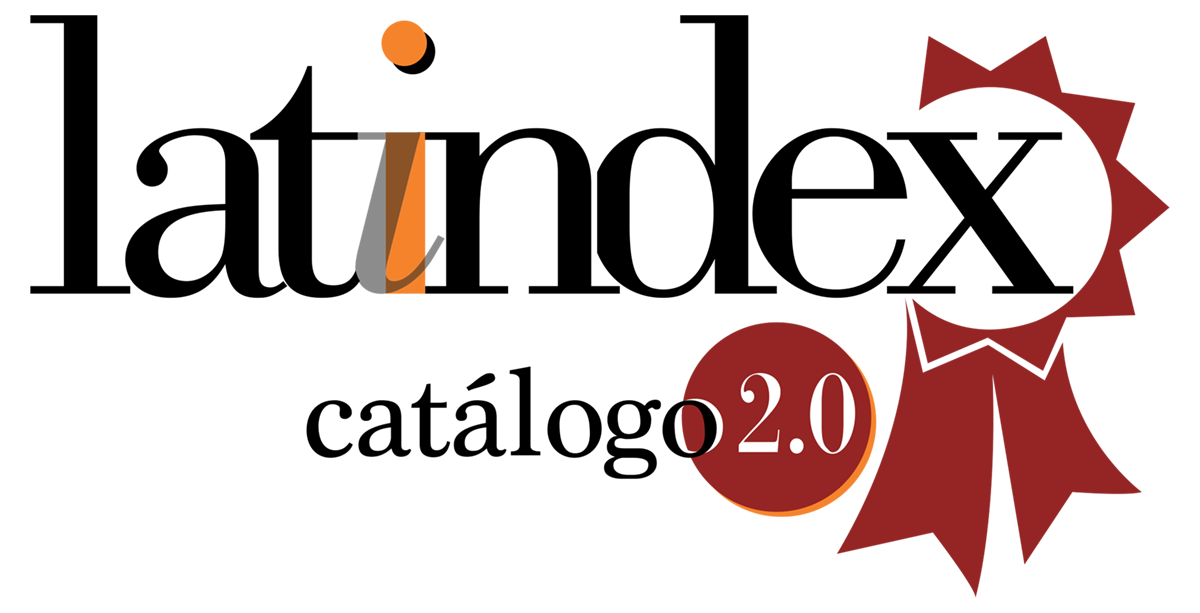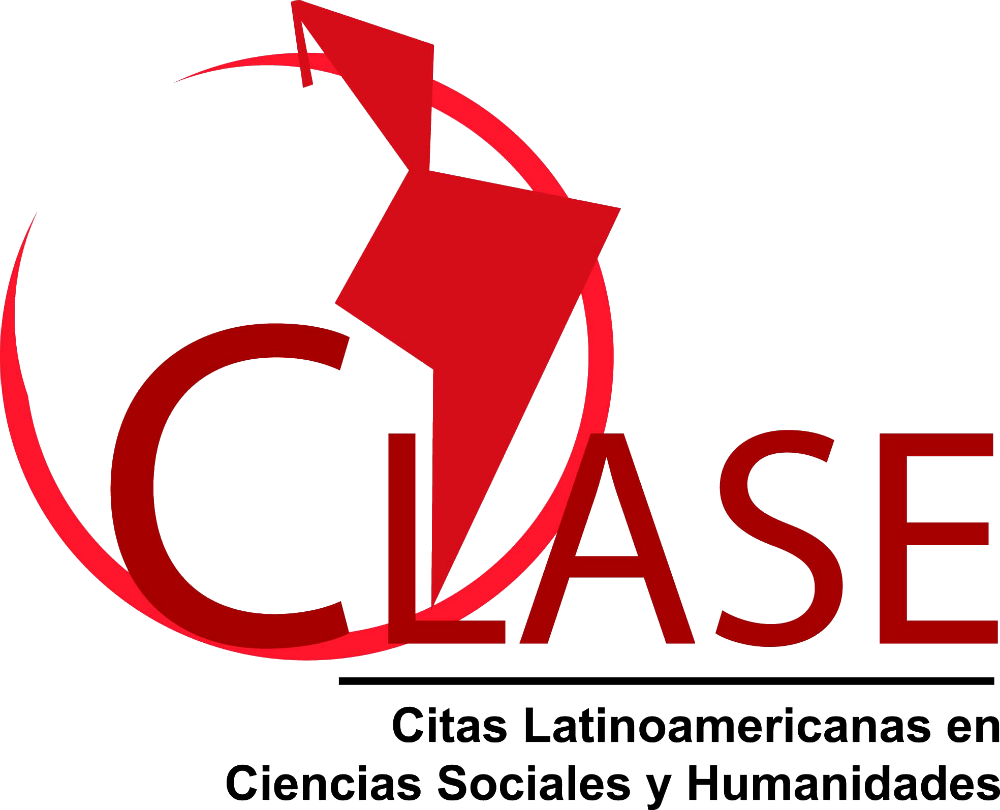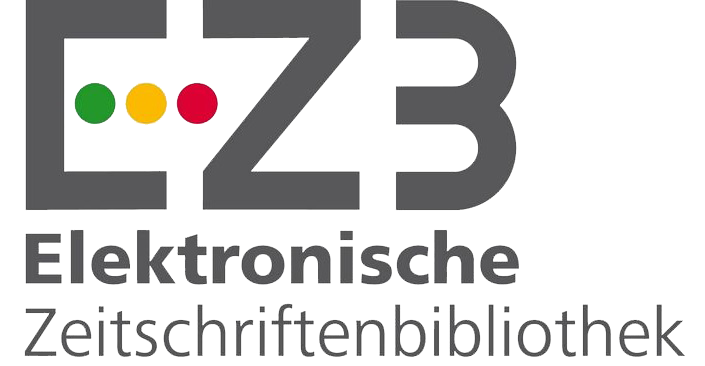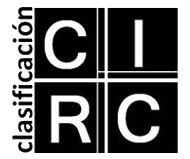Ideology, voters and parties: the ideological dimension of party competition in Argentina
DOI:
https://doi.org/10.24215/16696581e105Keywords:
Ideology, electoral behavior, partisan elites, political representation.Abstract
The aim of this paper is to analyze the ideological dimension of party competition in Argentina. Herein we assume that the ideological link between parties and citizens is a key element in order to understand how democracy works, and to comprehend the political representation process. Two central aspects of the ideological dimension will be study: the ideological self-positioning of citizens and their perceptions on the political parties position of the left-right scale; and the ideological positions offered by the partisan elites inside the Congress. Finally we will conclude about the degree of agreement between these two aspects. The perceptions of citizens about the self-position and about party position in the left-right scale will be gathered from the ENPEA public opinion survey conducted by the National University of San Martín, and the political party positions will be gathered from the nominal voting of 2015 year of the House of Representatives. Conclusions show a similar pattern between citizen’s perceptions and partisan positions. But some differences remains regarding the degree of polarization.
Downloads
References
Alessandro, M. (2009). Clivajes sociales, estrategia de los actores y sistema de partidos: la competencia política en la Ciudad de Buenos Aires (1995-2005). Revista SAAP, 3(3), 581-614.
Berelson, B. R.; Lazarsfeld, P. F. y McPhee, W. N. (1954). Voting: A Study of Opinion Formation in a Presidential Campaign. Chicago, IL: University of Chicago Press.
Berglum, F.; Holberg, S.; Schmitt, H. y Thomanssen, J. (2005). Party identification and party choice. En Thomanssen, J. (ed.). The European voter. A comparative study of modern democracies (p. 106). Oxford: Oxford University Press/ECPR.
Campbell, A.; Converse, P.; Miller, W. y Stokes, D. (1960). The American Voter. Chicago: University of Chicago Press.
Catterberg, E. y Braun, M. (1989). ¿Izquierda y derecha en la opinión pública argentina? Crítica & Utopía, junio, pp 1-11.
Coppedge, M. (1998). The Dynamic Diversity of Latin American Party Systems. Party Politics, 4, pp. 547-568.
Downs, A. (1957). An Economic Theory of Democracy. New York: Harper and Row.
Gunther, R. y Mughan’s, A. (eds.). (2000). Democracy and the Media: A Comparative Perspective. Cambridge: Cambridge University Press.
Jones, M. P. (2001). Politics and the Architecture of Choice: Bounded Rationality and Governance. Chicago: University of Chicago Press.
Key, V. O. 1966. The responsible electorate. Rationality in presidential voting 1936-1960. Cambridge: Harvard University Press.
Lau, R. y Redlawsk D. P. (2001). Advantages and disadvantages of cognitive heuristics in political decision making. American Journal of Political Science, 45, pp. 951-971.
Llamazares, I. y Sandell, R. (2003). Partidos políticos y dimensiones ideológicas en Argentina, Chile, México y Uruguay. Polis: Investigación y Análisis Sociopolítico y Psicosocial, 0(99), pp. 43-69, Universidad Autónoma Metropolitana, México.
Lupia A.; McCubbins, M. D. y Popkin S. L. (2000). Elements of reason: cognition, choice, and the bounds of rationality. Cambridge: Cambridge University Press.
Manly, B. F. J. (1989). Multivariate Statistial Methods. A Primer. London: Chapman and Hall.
Ostiguy, P. (1998). Peronism and Anti-Peronism: Class-Cultural Cleavages and Political Identity in Argentina. (Thesis Ph. D.). Berkeley: University of California.
Ostiguy, P. (2009). Argentina´s double political spectrum: Identities and strategies in a structured political space, 1944-2002. Kellogg Institute Working Papers, University of Notre Dame, pp 99.
Popkin, S. L. (1994). The reasoning voter: communication and persuasion in presidential campaigns (2ª ed.). Chicago: University of Chicago Press.
Riba, C. (2007). Multidimensional Scaling. An example using STATA. Political parties in the Spanish political space. (Doctorado en Ciencia Política). Universitat Pompeu Fabra, Barcelona.
Rosas, G. y Zechmeister, E. (2000). Ideological Dimensions and Left-Right Semantics in Latin America. Congreso de LASA, Miami.
Seligson, A. (2003). Disentangling the role of ideology and issue positions in the rise of third parties: the case of Argentina. Political Research Quarterly, 56(4), 465-475.
Sniderman, P. M.; Richard A. Brody y P. Tetlock, (eds.) (1991). Reasoning and choice. Explorations in political psychology. Cambridge: Cambridge University Press.
Zechmeister, E. y Corral M. (2010). El variado significado de 'izquierda' y 'derecha' en América Latina. Perspectivas desde el Barómetro de las Américas. Vanderbilt University, 38, Nashville, pp 1-10.
Downloads
Additional Files
Published
How to Cite
Issue
Section
License
La aceptación de un original por parte de la revista implica la cesión no exclusiva de los derechos patrimoniales de los/as autores/as en favor del editor, quien permite la reutilización, luego de su edición (postprint), bajo una Licencia Creative Commons Atribución-NoComercial-CompartirIgual 4.0 Internacional (CC BY-NC-SA 4.0)
Acorde a estos términos, el material se puede compartir (copiar y redistribuir en cualquier medio o formato) y adaptar (remezclar, transformar y crear a partir del material otra obra), siempre que a) se cite la autoría y la fuente original de su publicación (revista y URL de la obra), b) no se use para fines comerciales y c) se mantengan los mismos términos de la licencia.
La cesión de derechos no exclusivos implica que luego de su edición (postprint) en Question las/os autoras/es pueden publicar su trabajo en cualquier idioma, medio y formato; en tales casos, se solicita que se consigne que el material fue publicado originalmente en esta revista.
Tal cesión supone, también, la autorización de los/as autores/as para que el trabajo sea cosechado por SEDICI, el repositorio institucional de la Universidad Nacional de La Plata, y sea difundido en las bases de datos que el equipo editorial considere adecuadas para incrementar la visibilidad de la publicación y de sus autores/as.
Asimismo, la revista incentiva a las/os autoras/es para que luego de su publicación en Question depositen sus producciones en otros repositorios institucionales y temáticos, bajo el principio de que ofrecer a la sociedad la producción científica y académica sin restricciones contribuye a un mayor intercambio del conocimiento global.















































